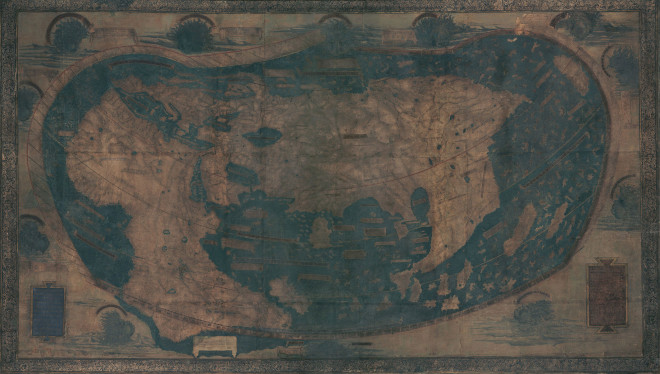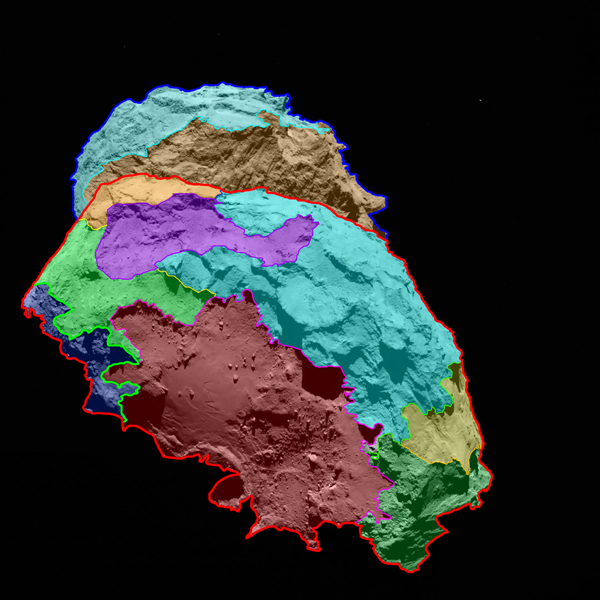A Greater Voice for Individuals in W3C – Tell Us What You Would Value by Coralie Mercier.
From the post:
How is the W3C changing as the world evolves?
Broadening in recent years the W3C focus on industry is one way. Another was the launch in 2011 of W3C Community Groups to make W3C the place for new standards. W3C has heard the call for increased affiliation with W3C, and making W3C more inclusive of the web community.
W3C responded through the development of a program for increasing developer engagement with W3C. Jeff Jaffe is leading a public open task force to establish a program which seeks to provide individuals a greater voice within W3C, and means to get involved and help shape web technologies through open web standards.
Since Jeff announced the version 2 of the Webizen Task Force, we focused on precise goals, success criteria and a selection of benefits, and we built a public survey.
The W3C is a membership based organisation supported by way of membership fees, as to form a common set of technologies, written to the specifications defined through the W3C, which the web is built upon.
The proposal (initially called Webizen but that name may change and we invite your suggestions in the survey), seeks to extend participation beyond the traditional forum of incorporated entities with an interest in supporting open web standards, through new channels into the sphere of individual participation, already supported through the W3C community groups.
Today the Webizen Task Force is releasing a survey which will identify whether or not sufficient interest exists. The survey asks if you are willing to become a W3C Webizen. It offers several candidate benefits and sees which ones are of interest; which ones would make it worthwhile to become Webizens.
I took the survey today and suggest that you do the same before 30 September 2014.
In part I took the survey because on one comment on the original post that reads:
What a crock of shit! The W3C is designed to not be of service to individuals, but to the corporate sponsors. Any ideas or methods to improve web standards should not be taken from sources other then the controlling corporate powers.
I do think that as a PR stunt the Webizen concept could be a good ploy to allow individuals to think they have a voice, but the danger is that they may be made to feel as if they should have a voice.
This could prove detrimental in the future.
I believe the focus of the organization should remain the same, namely as a organization that protects corporate interests and regulates what aspects of technology can be, and should be, used by individuals.
The commenter apparently believes in a fantasy world where those with the gold don’t make the rules.
I am untroubled by those with the gold making the rules, so long as the rest of us have the opportunity for persuasion, that is to be heard by those making the rules.
My suggestion at #14 of the survey reads:
The anti-dilution of “value of membership” position creates a group of second class citizens, which can only lead to ill feelings and no benefit to the W3C. It is difficult to imagine that IBM, Oracle, HP or any of the other “members” of the W3C are all that concerned with voting on W3C specifications. They are likely more concerned with participating in the development of those standards. Which they could do without being members should they care to submit public comments, etc.
In fact, “non-members” can contribute to any work currently under development. If their suggestions have merit, I rather doubt their lack of membership is going to impact acceptance of their suggestions.
Rather than emphasizing the “member” versus “non-member” distinction, I would create a “voting member” and “working member” categories, with different membership requirements. “Voting members” would carry on as they are presently and vote on the administrative aspects of the W3C. “Working members” who consist of employees of “voting members,” “invited experts,” and “working members” who meet some criteria for interest in and expertise at a particular specification activity. Like an “invited expert” but without heavy weight machinery.
Emphasis on the different concerns of different classes of membership would go a long way to not creating a feeling of second class citizenship. Or at least it would minimize it more than the “in your face” type approach that appears to be the present position.
Being able to participate in teleconferences for example, should be sufficient for most working members. After all, if you have to win votes for a technical position, you haven’t been very persuasive in presenting your position.
Nothing against “voting members” at the W3C but I would rather be a “working member” any day.
How about you?
Take the Webizen survey.

